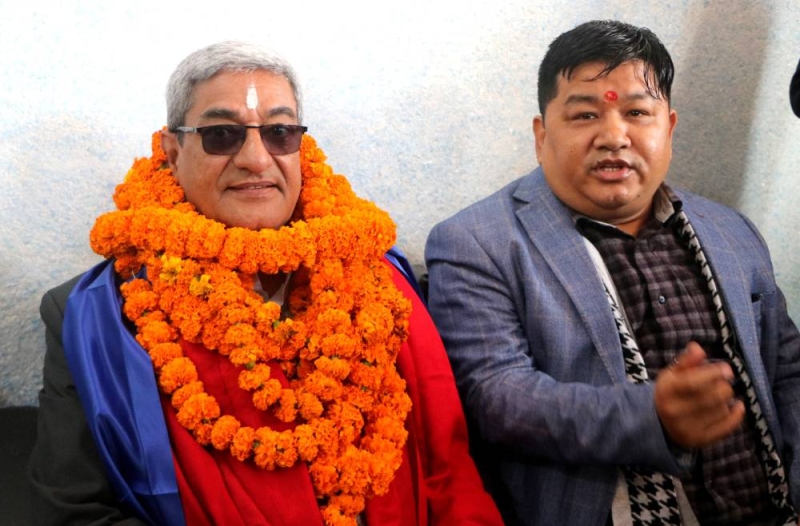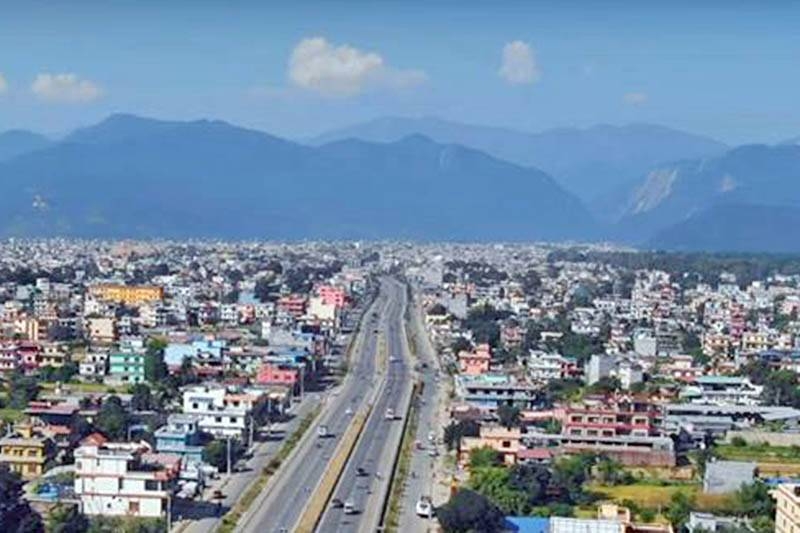Drought stares at Nepal
Drought stares at Nepal
Published: 12:00 am Jul 28, 2005
Himalayan News Service
Kathmandu, July 28:
Mumbai was deluged with 94.4 cm rainfall on July 27, which is the highest recorded rainfall in the metropolitan in 95 years whereas the average rainfall of Kathmandu in the month of July has fallen short by 85 mm. Though the average rainfall in Kathmandu for the month of July is 349.2 mm, till July 27 only 264.2 mm was recorded. As a result, drought is staring Nepal in the face at present. “An erratic pattern of rainfall has been observed in the whole Asian region. Monsoon is a global phenomenon and if we witnessed a heavy rainfall in some parts of the region it is likely that other parts of the continent will not get enough rain,” said Muni Ratna Shakya, senior meteorologist with the Department of Hydrology and Meteorology at the Tribhuwan International Airport. Shakya also said that the heavy downpour observed in India and Bangladesh was most likely to affect the monsoon in Nepal. “The southern part of Nepal needs to have low pressure zone so that winds from the Bay of Bengal can accumulate there and thus bring rain to Nepal. But the active low pressure zone has been formed near Indian states of Madhya Pradesh and Gujrat and in plains of Bangladesh because of which Nepal witnessed very little rainfall in the month of July,” the senior meteorologist further said.
Rainfall in June was also less as compared to preceding years. Rainfall at some places in the eastern region was found normal but in the western region of the country the rainfall was less by about 50 per cent, Shakya informed. Quick thunderstorms being observed in the capital during evening hours are due to local effects and is not the rainfall brought by monsoon winds from the Bay of Bengal, he added. In Nepal, the monsoon broke about two weeks late this year and the rainfall has also been less. The western region of the country has suffered the most, with very little rainfall. Land has gone arid and farmers are unable to sow paddy on time. Generally, the monsoon lasts till September 23 in the country but with the inadequate rainfall till the end of July farmers have not been able to plant paddy on time.





